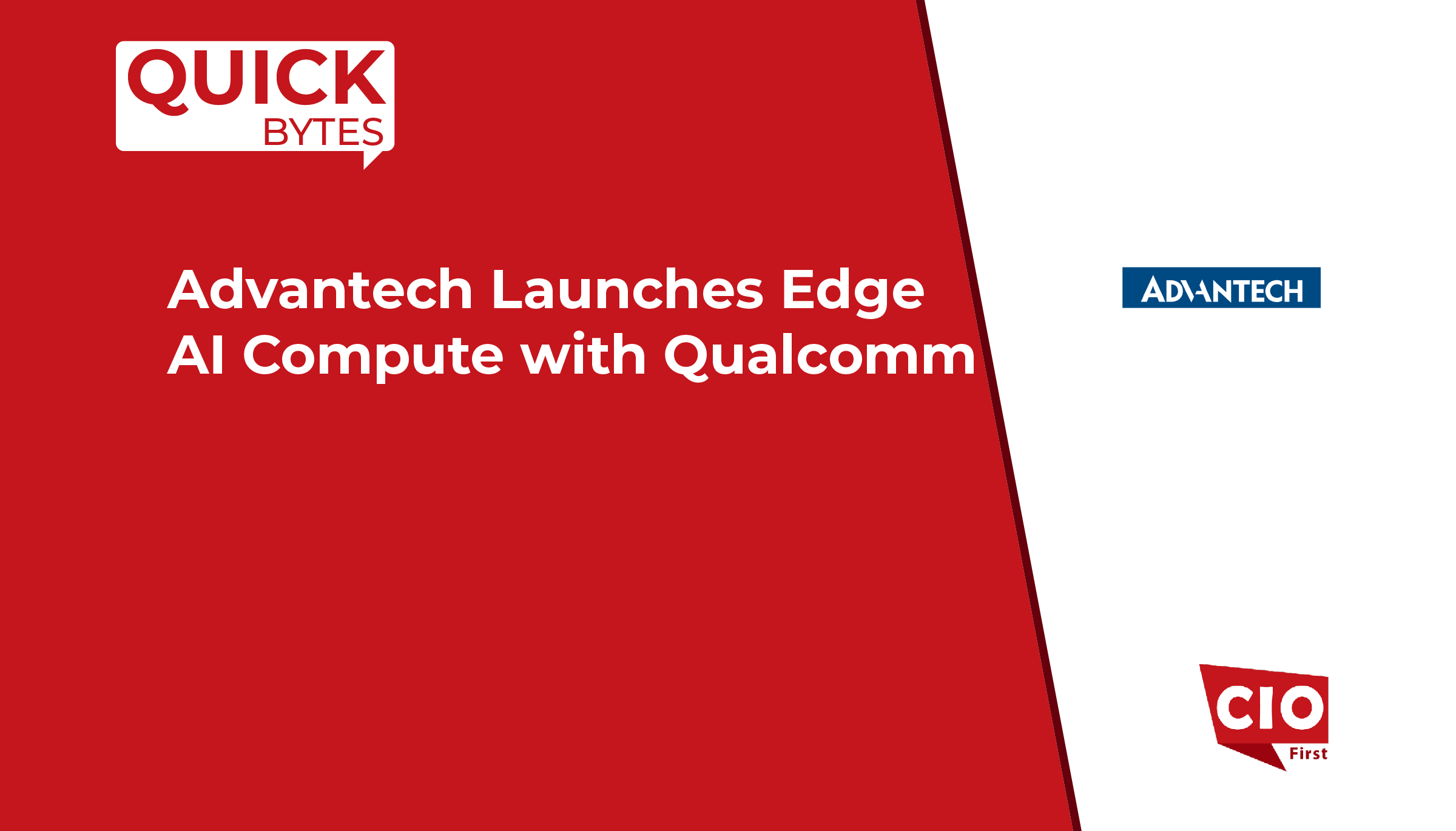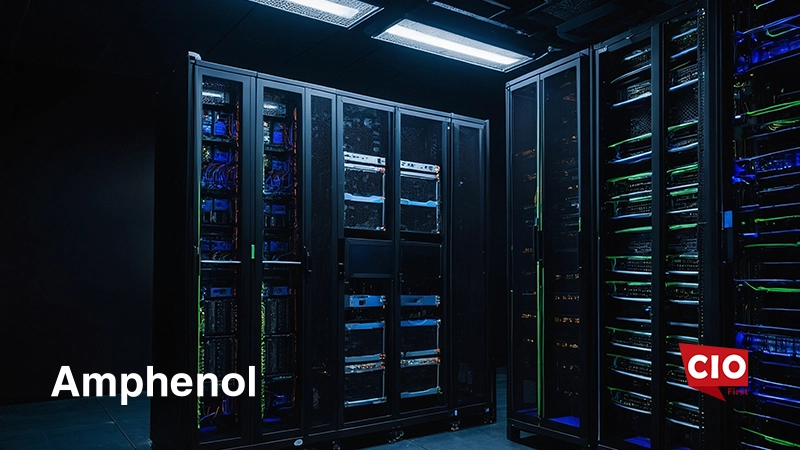NetApp, the intelligent data infrastructure company, announced the introduction of new capabilities designed for strategic cloud workloads, including generative AI and VMware. These enhancements to NetApp’s data and storage services help customers reduce the resources and risk of managing these strategic workloads in increasingly complex hybrid multicloud environments.
“Strategic workloads, including generative AI and virtualized environments, are driving business innovation and necessitating increasingly complex and resource-intensive infrastructure requirements that are stretching IT teams to their limits,” said Pravit Tiwana, senior vice president and general manager, Cloud Storage, NetApp. “NetApp is helping customers regain control of their data with intelligent data infrastructure that leverages unified data storage, unified data services, and automated cloud operations. No matter what specific technical requirements you face for your modern workloads, NetApp has the tools to optimize and simplify data operations across your hybrid multicloud environments.”
To advance the deployment of intelligent data infrastructure to better support strategic workloads such as generative AI and VMware environments, NetApp is announcing the following new capabilities:
- NetApp BlueXP Workload Factory – for AWS : This intelligent data infrastructure service automates the planning, provisioning, and management of key workloads, including generative AI, VMware cloud environments, and enterprise databases, based on industry best practices. Customers can use BlueXP Workload Factory to optimize deployment time, cost, performance, and resource protection for strategic workloads and related data. To simplify workload migration to the cloud, BlueXP Workload Factory can profile the infrastructure requirements of the target workload and compare different resource options based on cost and performance needs. The service then provisions the selected resources, moves existing workload data to the newly provisioned cloud environment, and continuously optimizes the overall environment to ensure the required cost and performance targets. AWS users can find guidance on how to deploy this feature in the AWS Solutions Library .
- NetApp GenAI Toolkit – Microsoft Azure NetApp Files Version : Customers can incorporate private enterprise data stored in Azure NetApp Files into their Acquisition Augmented Generation (RAG) workflows in a secure and programmatic way. This improves their ability to generate unique, high-quality, and hyper-relevant results from their generative AI projects by combining their own data with pre-trained foundational models (FMs). The integration of NetApp GenAI Toolkit with Azure NetApp Files provides customers with powerful synergies to leverage advanced language generation capabilities.
- Amazon Bedrock with Amazon FSx for NetApp ONTAP Reference Architecture : Amazon Web Services, Inc. (AWS) and NetApp have jointly released a reference architecture that provides guidance on implementing a RAG-enabled workflow that incorporates custom data stored in Amazon FSx for NetApp ONTAP into generative AI data pipelines. Amazon FSx makes it easy and cost-effective to launch, operate, and scale highly functional, high-performance file systems in the cloud. This reference architecture enables developers to connect to Amazon FSx for ONTAP data stores using Amazon Bedrock APIs to select and customize high-performance foundational models (FMs) while securely using their own data to unlock new insights and capabilities.
- Amazon FSx for NetApp ONTAP Enhancements : AWS announced the next generation of its Amazon FSx for ONTAP cloud storage service, which provides increased scalability and flexibility, delivering up to 6 GB/s of throughput in a single highly available (HA) pair from 512 TiB of SSD storage. The next generation file system provides even more room to grow for virtualization workloads by increasing network burst throughput by 300% and disk burst throughput by 150%. To accommodate large-scale, high-performance workloads like generative AI, the second generation Amazon FSx for ONTAP system supports dynamic scalability by adding more HA pairs as needed, up to a maximum of 24 nodes. This provides up to 72 GB/s of throughput from 1 PiB of SSD storage, providing more flexibility and performance to meet evolving business needs.
- NetApp BlueXP Disaster Recovery Support for VMFS : The BlueXP disaster recovery service provides guided workflows to design and execute automated disaster recovery plans for VMware workloads across on-premises and cloud environments. The service has now been extended to include VMFS datastores to support on-premises to on-premises disaster recovery.
Also Read: Catalyte Launches Its New AI Advisory Services Offering
These updates build on NetApp’s existing offerings supporting storage and data operations for customers who need to implement and manage high-performance, strategic workloads such as generative AI and VMware environments. As one example, NetApp recently announced its unique BlueXP data classification capability , which automatically classifies and categorizes data for enhanced governance and safe ingestion into generative AI and RAG data pipelines. It is now a core control plane capability available at no cost to all NetApp customers.
“The primary focus for organizations with regards to generative AI is to balance data security, cost efficiency, and innovation as they adapt their data strategies and leverage pre-built LLMs (large language models) to derive useful insights from their own business-relevant data,” said Archana Venkatraman, senior research director, Cloud Data Management, IDC. “NetApp’s Intelligent Data Infrastructure capability helps customers overcome data challenges and provides specific guidance to automate workflows to securely feed private data into public cloud providers’ LLMs. Additionally, NetApp’s BlueXP data classification capability has the potential to reduce risk in data operations for AI, as this capability allows users to discover and classify data, feeding the right data to the right model without exposing sensitive, private, or restricted information.”
“Organizations now face a different economic reality when it comes to virtualized environments and need to quickly adapt to recent industry changes,” said Derek Elbert, Solutions Architect at WWT. “Optimizing the cost-performance of our VMware workloads has become a major focus for us, looking to reduce unnecessary system and software resources while maintaining scalability and performance. Services such as NetApp‘s BlueXP disaster recovery service and Cloud Insights optimization metrics help us ensure the right resource allocation and protection schemes for our virtualized environments, allowing us to focus on making the most of our infrastructure without compromising our FinOps metrics.”
SOURCE: BusinessWire


























